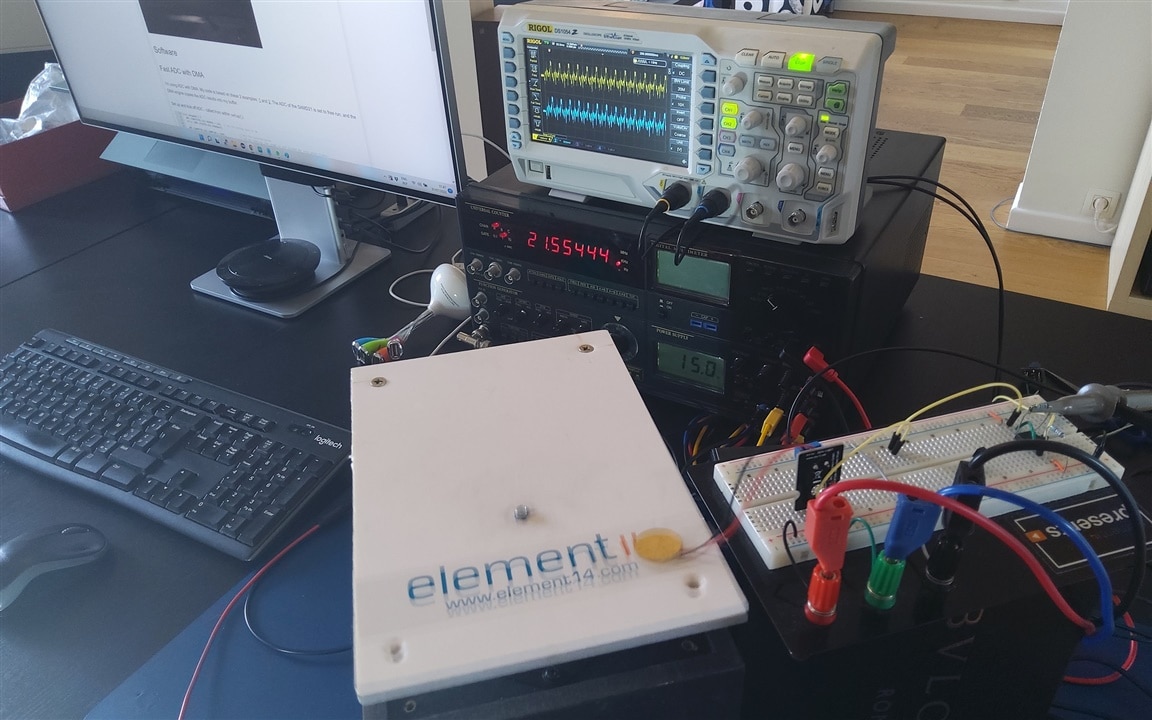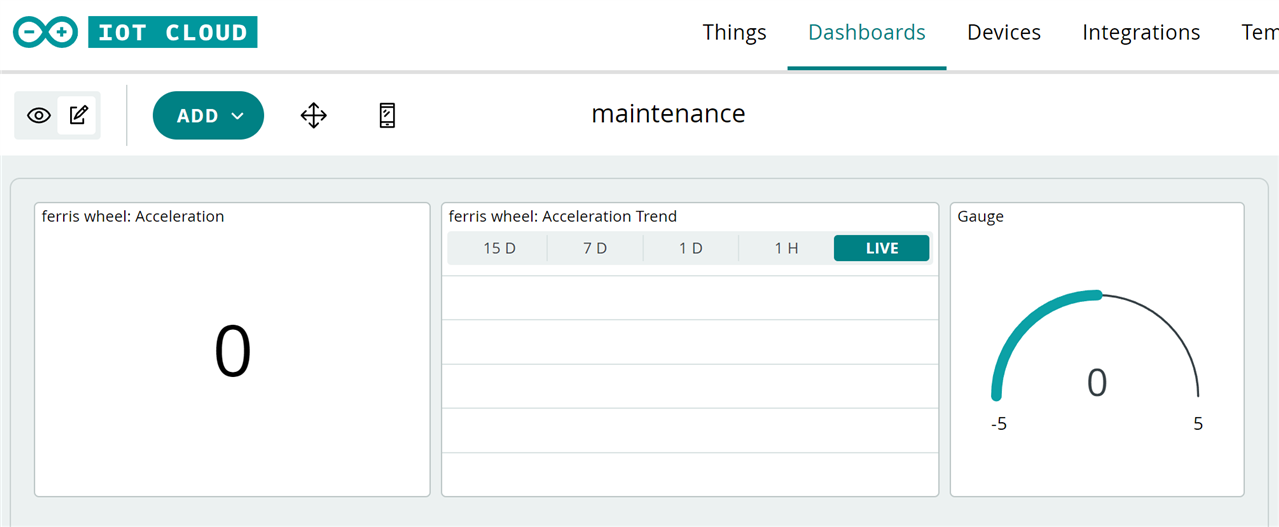|
For balearicdynamics' Tales for Makers Amusement Park, I'm making a predictive maintenance design for the rides and Ferris wheels. They have to be kept safe and in good condition. The project is an Arduino MKR Accelerometer that will send vibration info to the Arduino Cloud. The amusement park staff uses this to spot trends and changes in the gearboxes, motors and axles of the rides. I'm late with my project, due to moving (and losing some components while doing that). This little forum post is a preview of the hardware that monitors the vibrations.
The artwork in this story is an ode to Benoît Sokal. Comic Artist and Designer of the Syberia game. |
Not long ago, I reviewed an industrial piezo vibration sensor for a road test. But for experiments, you can also use a simple piezo buzzer. That's what I'm doing for this tale.

They are normally used as buzzer in instruments and doorbells. But they are good vibration sensors. Attention though: these piezo elements can generate high voltages. They are the same things that are used in cigarette and stove lighters to ignite the gas. An input protection circuit is needed.

This circuit should be good enough for an Arduino UNO, keeping the signal close to the power rail. But I'm using an Arduino MKR WiFi 1010 - and that can't have 5V a the analogue input. The circuit also doesn't deal with (smaller) negative component of the signal generated by the piezo element. A fast recovery diode will deal with the negative, and I've put an OpAmp in place to buffer (and later attenuate) the signal. This is more an excuse to validate my lab instruments after the move than an economical protection and attenuation design.

This is where I am with the hardware part at the moment.

This is the same shaker that I used for the industrial piezo sensor for the road test
I made better progress with the software. I've made a fast ADC design (with DMA support on the Arduino) and a function to calculate acceleration. The knowledge from the road test came in handy. I also have the Arduino Cloud part working, where I can collect the acceleration telemetry and show on a dashboard.

The real blog, with hardware, firmware and cloud setup will follow. Hopefully within the deadline ...



